Businesses today face some distinct challenges that off-the-shelf software can’t solve. However, in a world where markets are becoming more competitive and processes become more specialized, businesses have been drawn to custom enterprise development for tailor-made workflows, integrations, analytics, and automation. With tailored enterprise software solutions, whether for CRM, ERP, or other business-critical systems, organizations gain flexibility, security, and the competitive advantage required to thrive in their industry.
In this guide, find out what custom enterprise software development is all about, learn about the different types of custom software, discover the detailed process of building it, and estimate how much it costs to develop an enterprise software. You’ll also gain top tips as to how your organization can make the smartest investment for scalable, future-proof growth, all centered on the real value of enterprise, CRM, ERP, automation, analytics workflow, and seamless integration. Let’s get started:
What Is a Custom Enterprise Software Solution?
Custom Enterprise Software is a tailor-built solution designed to meet the unique needs of specific businesses, as opposed to a generic tool intended for mass markets. These enterprise software solutions can function as everything from the crm development services to ERP software solutions and complex workflow automation. The objective is to provide software that seamlessly integrates with existing business processes, works within the existing systems, and achieves results that can be easily measured.
Companies often choose business-specific software development when off-the-shelf tools fail to address complex requirements or scaling needs. The step-by-step enterprise software development process generally includes analyzing business needs, designing a roadmap, building and integrating the system, and providing continuous support. While the enterprise software development cost may be higher upfront, the long-term ROI is significant, through increased efficiency, smooth integration, powerful analytics, and streamlined workflows.
Types Of Enterprise Software Solutions
When exploring enterprise software solutions, it’s important to know the different types available and how they impact core business operations. Each category serves a unique purpose—whether it’s streamlining workflows, enhancing customer relationships, or improving decision-making. Below are the most common types of custom software businesses invest in, along with real-world examples:
1. Enterprise Resource Planning (ERP)
ERP software combines key business functions, including accounting and finance, sales and service, manufacturing, inventory & warehouse management, etc, into a single solution. This gives data consistency and real-time transparency across departments.
Besides this, custom ERP Solutions work to bridge the gap between high and low-level operations in the business industry.
Real-world example: Fortune 500 companies use SAP S/4HANA to ease operations across the globe, while smaller companies prefer Oracle NetSuite because of its flexibility.
2. Customer Relationship Management (CRM)
CRM solutions specialize in customer interaction management, lead tracking, and client relationship enhancement. They leverage customer data and analytics to increase sales and loyalty.
Custom CRM development allows businesses to build industry-specific features (for example, telemedicine workflows in healthcare and loyalty tracking in retail) to derive insights and increase retention rates.
Real-world example: Salesforce is a market leader that’s enabling services like Spotify and Amazon to personalize customer experiences at scale.
3. Business Intelligence (BI)
Business Intelligence (BI) software converts raw data into insights, empowering decision-makers with new understanding. Proprietary BI solutions frequently come equipped with predictive analytics, AI-based dashboards, and real-time reporting. A custom BI platform can give companies a competitive edge, such as retail brands building dashboards that analyze store-level data for hyper-localized inventory planning.
For instance, Coca-Cola, with Microsoft Power BI, unified a great amount of data from the bottling processes to do better demand forecasting.
4. Human Resource Management (HRM)
Human Resources Management (HRM) software helps companies manage employees from recruitment to payroll, compliance and performance reviews. Customized HRM can align tools with company culture, for example, creating models of tracking performance specific to a start-up flat hierarchy or payroll compliance automation for a multi-national corporation.
Real-world example: Leading companies, including Netflix and Adobe, rely on Workday’s workforce planning and employee engagement to drive business across the globe.
5. Supply Chain Management (SCM)
SCM application handles the entire process of goods and services from suppliers to end customers. It facilitates inventory optimization, supplier collaboration, and logistics automation. Custom SCM can easily adapt to the current ERP/warehouse systems and business organizations, thereby gaining more flexibility. For example, an e-commerce retailer could develop customized logistics tracking to minimize hassles related to last-mile delivery.
Real-world example: Unilever uses SAP Integrated Business Planning to predict demand and optimize waste across its massive global supply chains.
Stages for Developing Custom Enterprise Software
Custom enterprise software development develops specialized systems for business, solving real problems of the functioning. Here is a transparent, step-by-step instruction with the details of each stage and expected deliverables. Refer to this as a template for enterprise software solutions or business-specific software development programs.
1. Discovery Phase
The discovery is a base for custom enterprise software development. At this point, the focus is to understand deeply what the business really wants so the end solution solves the right problems.
How it works:
Stakeholder Interviews: Speak with business owners, department managers, and staff. Every group has its own pain points.” A sales team, for example, may be interested in a more predictable pipeline in custom CRM development, and finance might prioritize compliance and reporting.
Business Requirements Document (BRD): All collected needs are stored and structured in a BRD. Features are then given relative priorities using the MoSCoW framework:
- Must-have (essential features)
- Should-have (important but not critical)
- Could-have (nice-to-have features)
- Won’t have (Not in the scope for now)
Functional vs. Non-Functional Requirements:
Functional Requirements : What the software has to do.
Example: For a tailored CRM, you’ll need to have integrations with contact management, sales tracking, automated reporting, and customer segmentation.
Non-Functional System Requirements: Characteristics the system must have.
For example, the CRM has to handle 10,000 users without lag (scalability), encrypt all data at rest (security), and run on mobile devices(Usability).
Deliverables:
- A BRD with a well-defined feature list, which is sorted and ranked.
- Pre-established KPIs (success metrics), e.g., reduce manual reporting time by 50% / shorten sales cycle time by 20%.
2. Planning & Alignment
After everything is clear with the requirements, the second point of developing custom enterprise software is converting those into a well-ordered project plan. During this phase, we align business objectives with technical execution.
How it works:
Architecture & Tech Stack Selection: Determine the software architecture (monolithic vs. microservices) and select the appropriate tech stack (databases, programming languages, cloud provider). When building ERP software solutions, for instance, ensure they can integrate with finance, HR, and supply chain modules.
Integration Planning : Plan how your cloud-based program will integrate with current systems (CRMs, accounting tools, or third-party APIs) to avoid any kind of disruption in the future.
Definition of Roles: Mandate clear responsibilities with a RACI matrix.
- Product Owner: Represents business needs.
- Architect: Designs system structure.
- Developers & QA: Develop and test features.
- DevOps: Handle deployment and automation.
Project Schedule: Split the development into milestones and sprints for an iterative approach.
Risk Register: List and describe what the risks are, say something like scope creep, budget overruns, or integration issues here, and how to mitigate them.
Deliverables:
- A project roadmap with timelines and milestones.
- RACI chart showing responsibilities.
- Risk mitigation plan to handle challenges proactively.
3. UX/UI
Enterprise software isn’t only about functionality, but it’s also about how usable the product is, and how easily users can adopt it. An interface that gets in the way will hamper adoption; a well-thought-out, easy-to-use design fosters productivity.
How it works:
- User Research – Do quick interviews or surveys, or even shadow sessions, to learn about the users’ pain points and what type of workflow they have.
- Wireframes–Create low-fi wireframes to visualize the layout and navigation patterns.
- Interactive Prototypes: Build a clickable prototype of the most important user flows (e.g., approvals, dashboard navigation, data entry).
- Usability Testing: Conduct a few short usability tests with your team (small user group) to confirm design decisions early and iterate fast.
- Accessibility First: Follow the Web Content Accessibility Guidelines—Contrast, Keyboard, and Screen readers.
Deliverables:
- Clickable prototype for user flows.
- UI kit with typography, color palette, and component library.
- Accessibility checklist for inclusive design.
4. Development (Build)
This is where you translate your software development into custom enterprise software. The idea is to build features in incremental steps with automation, integration, and workflow very early from the get-go.
How it works:
Choose a Delivery Methodology:
- Agile: Works for flexibility, iteration, and user feedback.
- Waterfall: Suitable for projects of fixed scope and a tight schedule.
- Iterative Sprints: Divide the work into 2 – 3 week sprints with minimum viable features (MVF) to receive user feedback as early as possible.
- Workflow Automation: Automate recurring tasks such as approvals, data sync, and notifications to improve productivity.
- System integration: Make sure all these systems are in sync with the payment gateway, HR software solutions, or analytic platforms to allow data flow within the business environment.
- Continuous Testing: Test for function and performance, quickly and often.
Deliverables:
- Working software increments after each sprint.
- API contracts for third-party integrations.
- Integration documentation for smooth handoffs and maintenance.
Testing & Quality Assurance
This phase is all about making sure your custom enterprise software development is robust, secure, and ready for real-world use.
How it works:
- Validate unit test: Validate that individual libraries and features work as expected.
- Integration Testing: Make sure that various parts (like ERP, CRM, payment system, etc) are communicating properly.
- Performance Testing: Speed, scalability and stability testing under load.
- Security Testing: Find and mitigate security weaknesses.
- User Acceptance Testing (UAT): Get Real Users to Test your Software in Business Scenarios/Workflows.
5. Deployment & Go-Live
This phase aims to help you build your custom enterprise software development seamlessly and with minimal business impact.
How it works:
- Get Ready to Deploy: Automate the deployment process with scripts and CI/CD pipelines to release quickly and accurately.
- Staggered rollout: Roll it out in parts (pilot, partial roll-out) to lower risks and catch issues at an earlier stage.
- Training & Onboarding: Admin Training and User Onboarding to facilitate smooth adoption.
6. Automation & Monitoring:
- Turn on automatic monitoring and alerting from the beginning to maintain system health.
- Use dashboards to keep an eye on performance, uptime, and critical
Deliverables:
- Production release of enterprise software.
- Runbook with instructions on deployment and how to operate.
- Rollback strategy to easily roll back changes if there is an issue.
7. Maintenance, Support & Continuous Improvement
The goal of this phase is to ensure your custom enterprise software development and enterprise software solutions remain secure, efficient, and aligned with evolving business needs.
Key Actions:
- Service Level Agreements (SLAs): Define clear response times for incidents, bug fixes, and support requests.
- Regular Updates: Schedule updates for security patches, performance improvements, and new features.
- Analytics & Monitoring: Track system usage, identify bottlenecks, and discover opportunities for custom workflow automation. This helps optimize your enterprise software solutions and justify the enterprise software development cost by ensuring continuous ROI.
Deliverables:
- Comprehensive support plan for IT and end-users.
- Roadmap for enhancements based on analytics and user feedback.
- Performance metrics to measure uptime, system efficiency, and feature adoption, ensuring your investment in types of custom software is fully leveraged.
Cost Of Building A Custom Enterprise Software
When planning custom enterprise software development, understanding the cost breakdown is crucial for budgeting and decision-making. Costs can vary widely depending on complexity, features, and integrations. Here’s a clear overview of the major components and their estimated price ranges:
| Component | Key Elements | Cost Range |
| Research & Planning | Scope, market analysis, and feasibility | $1,000 – $5,000 |
| Front-End Development | UI/UX design, prototyping | $2,000 – $20,000 |
| Back-End Development | Server logic, database, APIs | $2,000 – $30,000 |
| App Features | Core, advanced, complex functions | $1,000 – $20,000+ |
| Testing & QA | Unit, integration, UAT | 5–10% of the total cost |
| UI/UX Design | Visuals & interaction | $2,000 – $10,000 |
| Overall Cost | Total custom enterprise software development | $10,000 – $100,000 |
Conclusion
Custom enterprise software development is a strategic investment that delivers more tangible, long-term benefits for companies. By deeply integrating software that’s uniquely tailored to specific business needs, from CRM and ERP to analytics, workflow, collaboration, and beyond, companies move well beyond the limitations of traditional tools to experience superior productivity, scalability, and security. Though enterprise software development can be an investment, its custom-tailored nature and expandable functionality pay for itself in spades, replacing the need to jump from one off-the-shelf solution to the next and providing your business with the agility it needs to succeed in every industry.


 Healthcare App Development Services
Healthcare App Development Services
 Real Estate Web Development Services
Real Estate Web Development Services
 E-Commerce App Development Services
E-Commerce App Development Services E-Commerce Web Development Services
E-Commerce Web Development Services Blockchain E-commerce Development Company
Blockchain E-commerce Development Company
 Fintech App Development Services
Fintech App Development Services Fintech Web Development
Fintech Web Development Blockchain Fintech Development Company
Blockchain Fintech Development Company
 E-Learning App Development Services
E-Learning App Development Services
 Restaurant App Development Company
Restaurant App Development Company
 Mobile Game Development Company
Mobile Game Development Company
 Travel App Development Company
Travel App Development Company
 Automotive Web Design
Automotive Web Design
 AI Traffic Management System
AI Traffic Management System
 AI Inventory Management Software
AI Inventory Management Software
 AI Software Development
AI Software Development  AI Development Company
AI Development Company  AI App Development Services
AI App Development Services  ChatGPT integration services
ChatGPT integration services  AI Integration Services
AI Integration Services  Generative AI Development Services
Generative AI Development Services  Natural Language Processing Company
Natural Language Processing Company Machine Learning Development
Machine Learning Development  Machine learning consulting services
Machine learning consulting services  Blockchain Development
Blockchain Development  Blockchain Software Development
Blockchain Software Development  Smart Contract Development Company
Smart Contract Development Company  NFT Marketplace Development Services
NFT Marketplace Development Services  Asset Tokenization Company
Asset Tokenization Company DeFi Wallet Development Company
DeFi Wallet Development Company Mobile App Development
Mobile App Development  IOS App Development
IOS App Development  Android App Development
Android App Development  Cross-Platform App Development
Cross-Platform App Development  Augmented Reality (AR) App Development
Augmented Reality (AR) App Development  Virtual Reality (VR) App Development
Virtual Reality (VR) App Development  Web App Development
Web App Development  SaaS App Development
SaaS App Development Flutter
Flutter  React Native
React Native  Swift (IOS)
Swift (IOS)  Kotlin (Android)
Kotlin (Android)  Mean Stack Development
Mean Stack Development  AngularJS Development
AngularJS Development  MongoDB Development
MongoDB Development  Nodejs Development
Nodejs Development  Database Development
Database Development Ruby on Rails Development
Ruby on Rails Development Expressjs Development
Expressjs Development  Full Stack Development
Full Stack Development  Web Development Services
Web Development Services  Laravel Development
Laravel Development  LAMP Development
LAMP Development  Custom PHP Development
Custom PHP Development  .Net Development
.Net Development  User Experience Design Services
User Experience Design Services  User Interface Design Services
User Interface Design Services  Automated Testing
Automated Testing  Manual Testing
Manual Testing  Digital Marketing Services
Digital Marketing Services 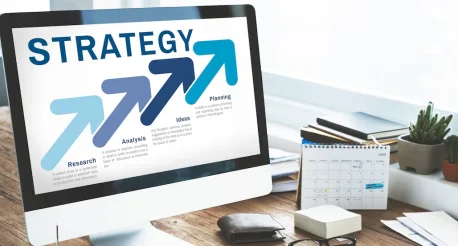
 Ride-Sharing And Taxi Services
Ride-Sharing And Taxi Services Food Delivery Services
Food Delivery Services Grocery Delivery Services
Grocery Delivery Services Transportation And Logistics
Transportation And Logistics Car Wash App
Car Wash App Home Services App
Home Services App ERP Development Services
ERP Development Services CMS Development Services
CMS Development Services LMS Development
LMS Development CRM Development
CRM Development DevOps Development Services
DevOps Development Services AI Business Solutions
AI Business Solutions AI Cloud Solutions
AI Cloud Solutions AI Chatbot Development
AI Chatbot Development API Development
API Development Blockchain Product Development
Blockchain Product Development Cryptocurrency Wallet Development
Cryptocurrency Wallet Development About Talentelgia
About Talentelgia  Our Team
Our Team  Our Culture
Our Culture 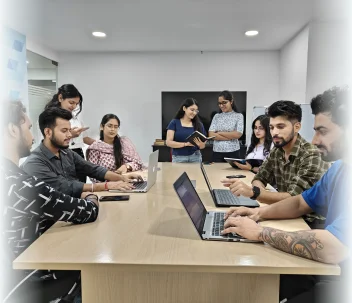
 Healthcare App Development Services
Healthcare App Development Services Real Estate Web Development Services
Real Estate Web Development Services E-Commerce App Development Services
E-Commerce App Development Services E-Commerce Web Development Services
E-Commerce Web Development Services Blockchain E-commerce
Development Company
Blockchain E-commerce
Development Company Fintech App Development Services
Fintech App Development Services Finance Web Development
Finance Web Development Blockchain Fintech
Development Company
Blockchain Fintech
Development Company E-Learning App Development Services
E-Learning App Development Services Restaurant App Development Company
Restaurant App Development Company Mobile Game Development Company
Mobile Game Development Company Travel App Development Company
Travel App Development Company Automotive Web Design
Automotive Web Design AI Traffic Management System
AI Traffic Management System AI Inventory Management Software
AI Inventory Management Software AI Software Development
AI Software Development AI Development Company
AI Development Company ChatGPT integration services
ChatGPT integration services AI Integration Services
AI Integration Services Machine Learning Development
Machine Learning Development Machine learning consulting services
Machine learning consulting services Blockchain Development
Blockchain Development Blockchain Software Development
Blockchain Software Development Smart contract development company
Smart contract development company NFT marketplace development services
NFT marketplace development services IOS App Development
IOS App Development Android App Development
Android App Development Cross-Platform App Development
Cross-Platform App Development Augmented Reality (AR) App
Development
Augmented Reality (AR) App
Development Virtual Reality (VR) App Development
Virtual Reality (VR) App Development Web App Development
Web App Development Flutter
Flutter React
Native
React
Native Swift
(IOS)
Swift
(IOS) Kotlin (Android)
Kotlin (Android) MEAN Stack Development
MEAN Stack Development AngularJS Development
AngularJS Development MongoDB Development
MongoDB Development Nodejs Development
Nodejs Development Database development services
Database development services Ruby on Rails Development services
Ruby on Rails Development services Expressjs Development
Expressjs Development Full Stack Development
Full Stack Development Web Development Services
Web Development Services Laravel Development
Laravel Development LAMP
Development
LAMP
Development Custom PHP Development
Custom PHP Development User Experience Design Services
User Experience Design Services User Interface Design Services
User Interface Design Services Automated Testing
Automated Testing Manual
Testing
Manual
Testing About Talentelgia
About Talentelgia Our Team
Our Team Our Culture
Our Culture
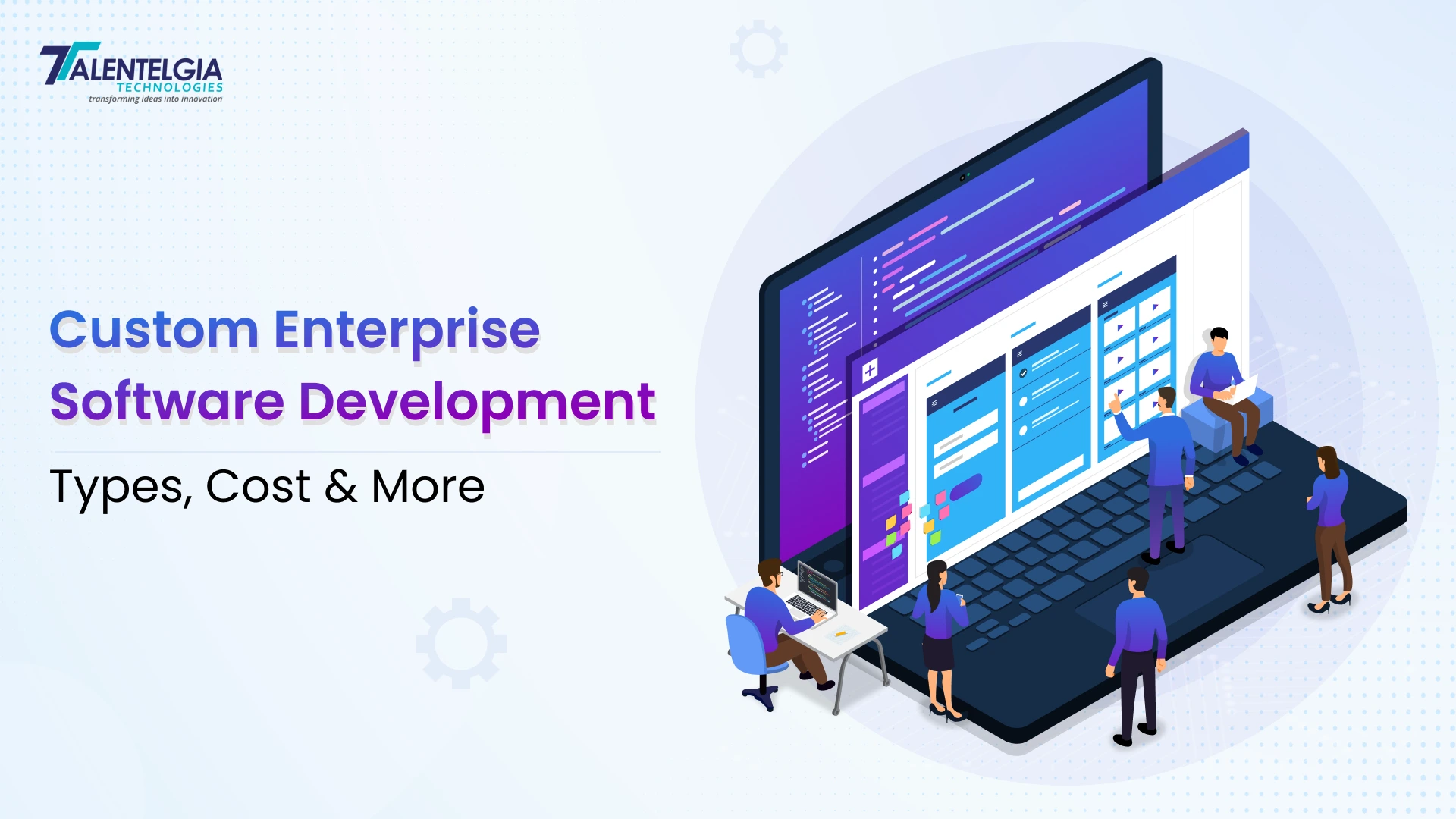

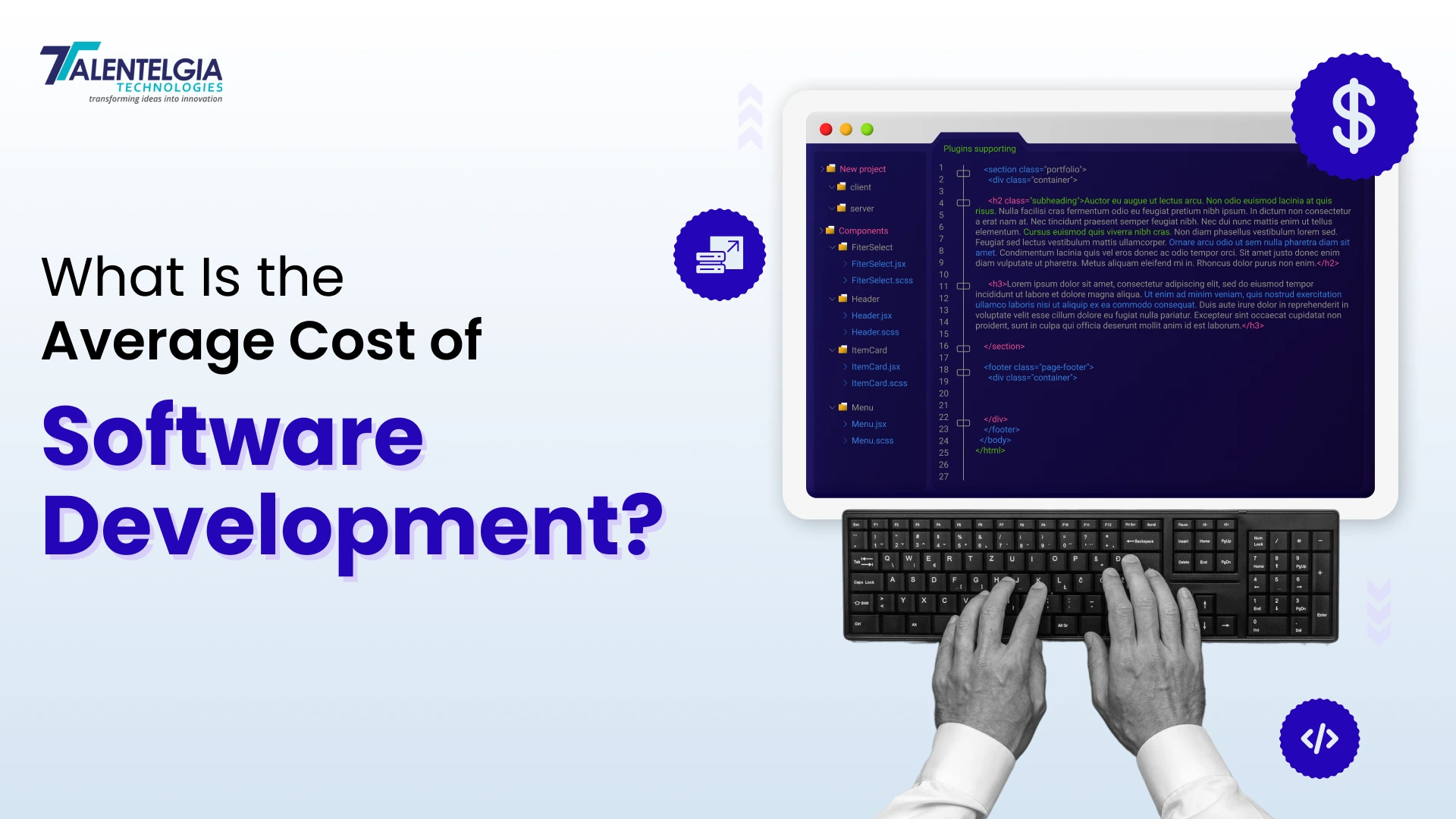

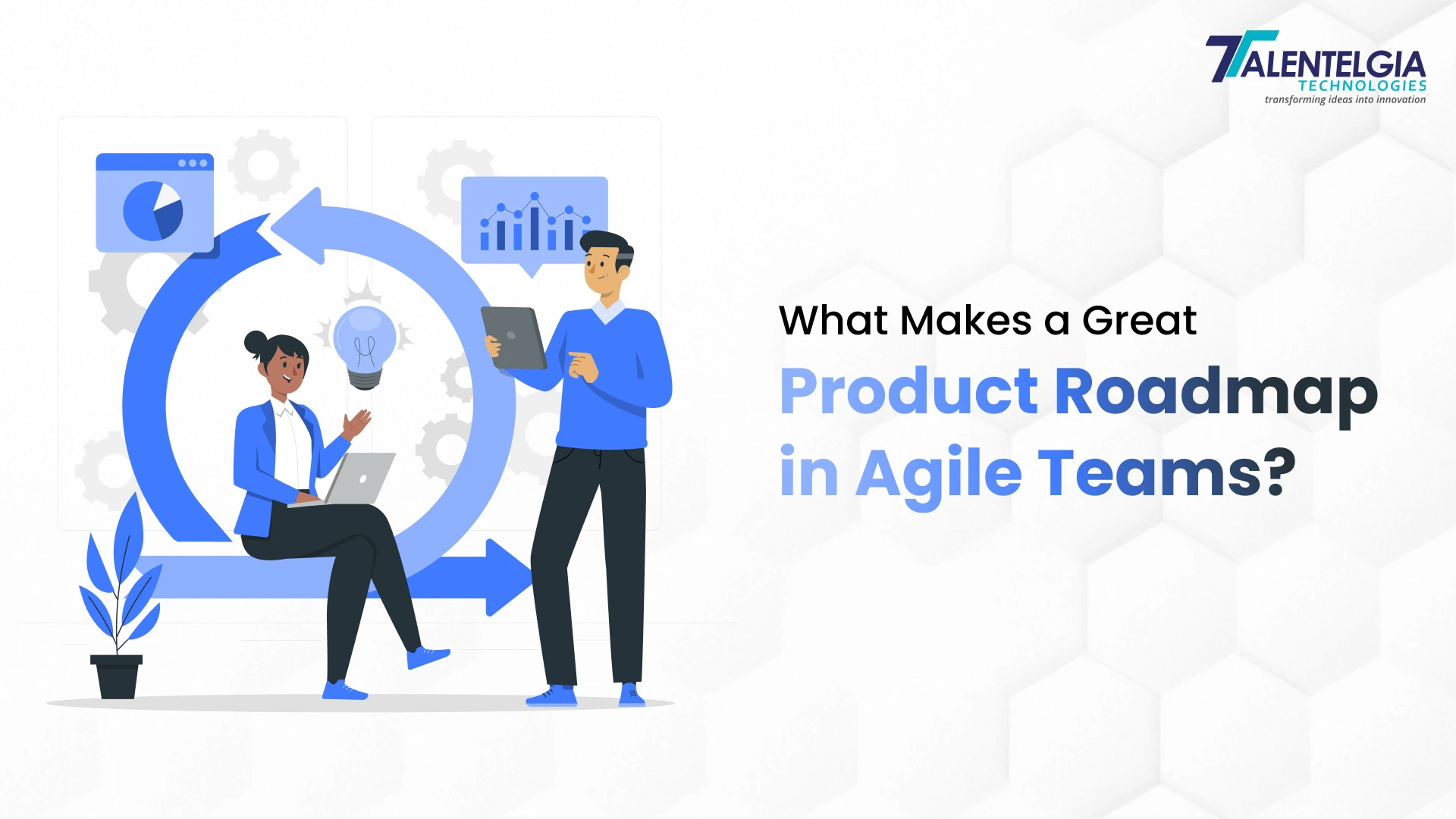
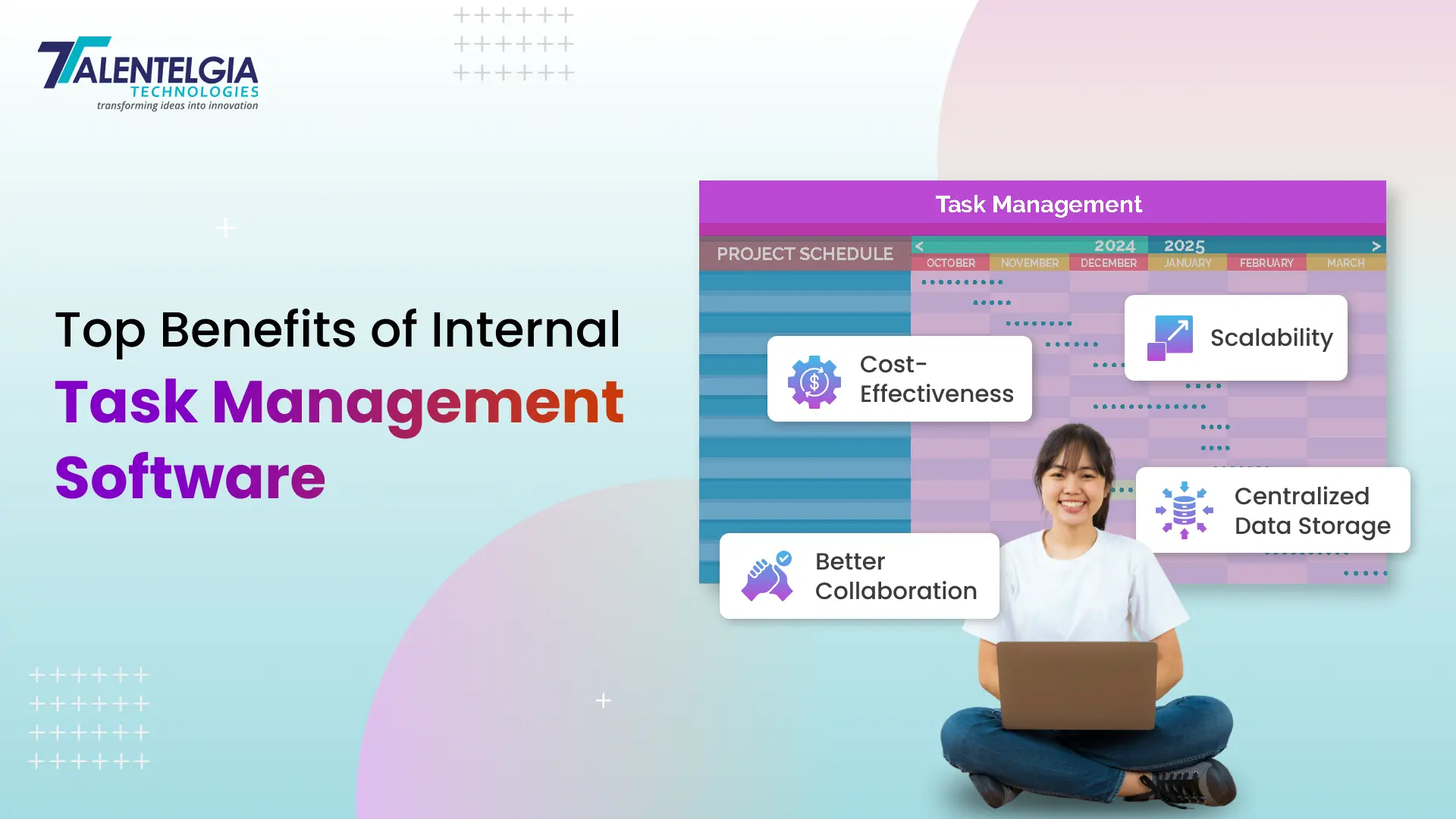










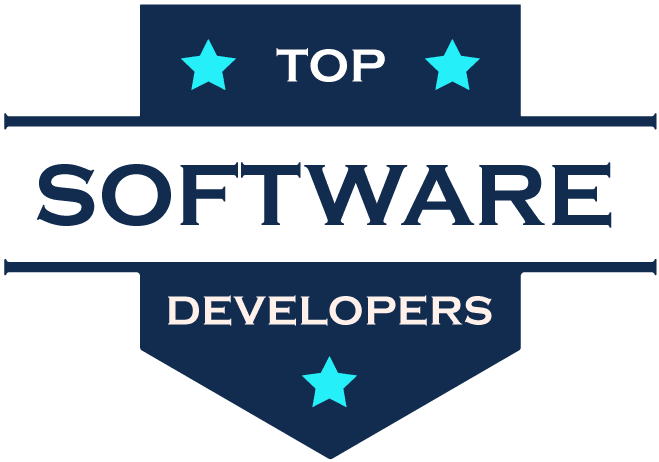
 Write us on:
Write us on:  Business queries:
Business queries:  HR:
HR: 




